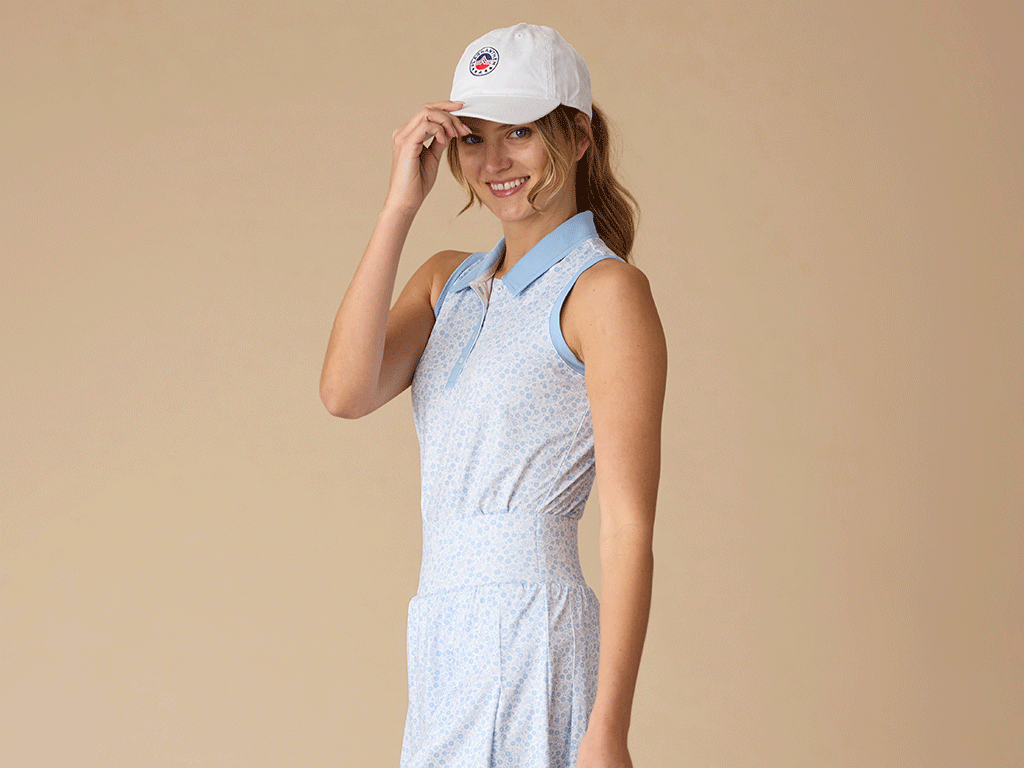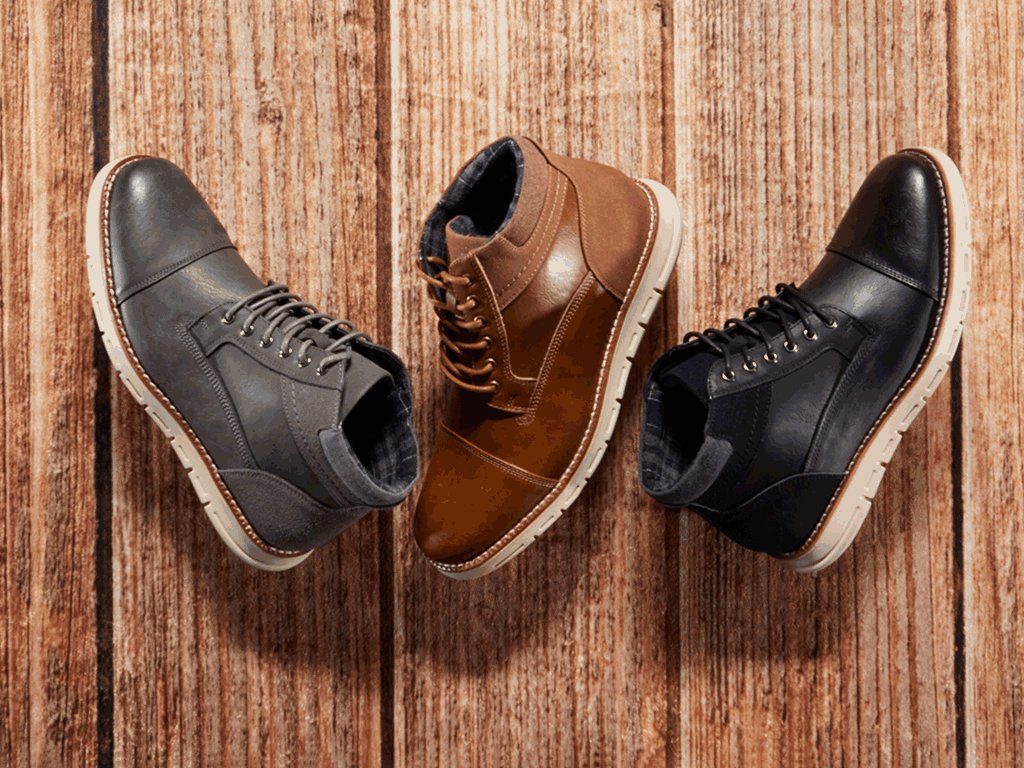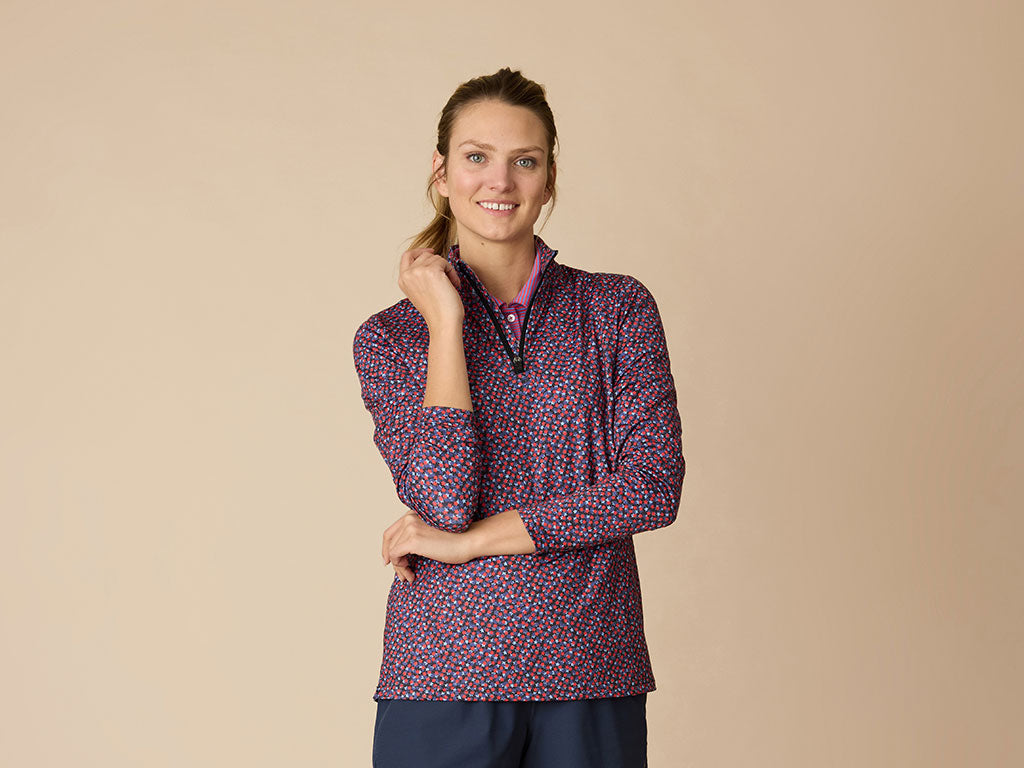Fashion Industry Terms

Understanding Essential Fashion Industry Terminology
Fashion is a world of creativity, innovation, and, let’s face it, sometimes a lot to process. For someone just stepping into this stylish realm, the language can feel like a foreign dialect. Terms like "slub," "spacedye," or "garment wash" can leave even the most enthusiastic fashion novice scratching their heads. If you're one of those people, don't worry. This glossary is here to break down some of the most common and confusing fashion industry terms in a way that's easy to understand. By the end of this article, you'll be tossing around these words like a seasoned fashionista!
What is a Slub?
A slub is a type of fabric that features slight irregularities in its texture. These are created by using uneven yarns in the weaving process. Slubs have a distinct, rustic look because the fabric surface isn't smooth but instead has lumps or "slubs" scattered throughout. This texture adds character and a hand-crafted appearance to the garment. Historically, slubs were considered imperfections, but today they are often intentionally created to give fabrics a unique, casual, and organic feel.
Slub fabrics are popular in creating casual wear, particularly t-shirts and denim, where the irregular texture can add an interesting visual dimension.
The Appeal of Spacedye
Spacedye is a fabric dyeing technique that produces a multicolored effect on yarns. Unlike traditional dyeing methods where the yarn is uniformly dyed in a single color, spacedye involves dipping sections of the yarn into different dyes. The result is a fabric with a vibrant, multicolored appearance, where the colors appear to "space out" along the yarn.
Spacedye fabrics are often used in activewear, leggings, and casual wear because of their visually appealing, variegated look. The technique can create anything from subtle, pastel hues to bold, striking patterns, depending on the colors and dyes used. It's a fantastic choice for adding a bit of flair and uniqueness to everyday pieces.
Garment Wash: What It Is and Why It Matters
Garment wash refers to a finishing process where a finished garment is washed with a variety of techniques to achieve a desired look or feel. This process can soften the fabric, enhance comfort, and sometimes give the item a vintage or worn-in appearance.
There are several types of garment washes, each yielding different results:
Stone Wash: Involves washing the garment with pumice stones to create a distressed, worn-out look. It’s commonly used in denim.
Acid Wash: A variant that creates a marbled effect by washing the fabric with pumice stones soaked in chlorine.
The garment wash process not only affects the aesthetics of the clothing but also its durability and texture. It's a critical step in creating comfortable, stylish, and unique clothing pieces that stand out.
Understanding Acid Wash
Acid wash, despite its name, doesn't actually involve the use of acid. Instead, it’s a technique that creates a distinctive, mottled appearance on fabric, often denim. The process involves washing the fabric with pumice stones soaked in a chlorine solution, which strips away the dye in random areas, giving the material a "bleached" look with sharp contrasts.
Acid wash became extremely popular in the 1980s and is often associated with the punk and grunge movements of that era. Today, it’s still used to give clothing, particularly denim, a bold, edgy, and vintage feel. Acid-washed jeans, jackets, and shirts often have a rugged, rebellious vibe that makes them a staple in certain fashion circles.
Sherpa: The Cozy Fabric You Need to Know
Sherpa is a soft, fluffy fabric that's often used to line jackets, coats, and even blankets. It's named after the Sherpa people of Nepal, who are known for their rugged mountain lifestyle and traditional woolen clothing. Sherpa fabric is designed to mimic the look and feel of sheepskin, but it's usually made from synthetic materials like polyester.
This fabric is incredibly warm and has become synonymous with cozy, cold-weather apparel. It's often used in outerwear, as it provides excellent insulation without being too bulky. The plush texture of Sherpa makes it a popular choice for linings in hoodies, jackets, and boots, adding both comfort and a touch of rustic charm to winter wardrobes.
Why Knowing These Fashion Terms Matters
Understanding fashion terminology can greatly enhance your shopping experience and overall fashion sense. Knowing what terms like "slub," "spacedye," or "Sherpa" mean can help you make more informed decisions when purchasing clothes. You’ll be better equipped to understand product descriptions, communicate with sales associates, and even express your personal style more effectively.
Furthermore, having a grasp of these terms can make you feel more confident in your fashion choices. It allows you to appreciate the craftsmanship and design that go into the clothes you wear, and it opens up new possibilities for exploring different styles and trends.
FAQs
What is slub fabric?
Slub fabric is a material with slight irregularities or "slubs" in its texture, giving it a unique, rustic appearance. These imperfections are created by using uneven yarns in the weaving process.
How is spacedye fabric made?
Spacedye fabric is made by dyeing sections of yarn in different colors, creating a multicolored effect that is vibrant and visually appealing.
What is the purpose of a garment wash?
Garment wash is a finishing process used to soften the fabric, enhance comfort, and sometimes give clothing a vintage or worn-in look.
Does acid wash use actual acid?
No, acid wash doesn’t involve real acid. It’s a technique that creates a mottled, bleached appearance on fabric by washing it with pumice stones soaked in chlorine.
What is Sherpa fabric used for?
Sherpa fabric is a soft, fluffy material often used to line jackets, coats, and blankets, providing warmth and comfort, especially in cold weather.
Why is fashion terminology important?
Understanding fashion terminology helps you make informed shopping decisions, enhances your communication when searching for an upgrade in your wardrobe, and allows you to express your personal style more effectively.































